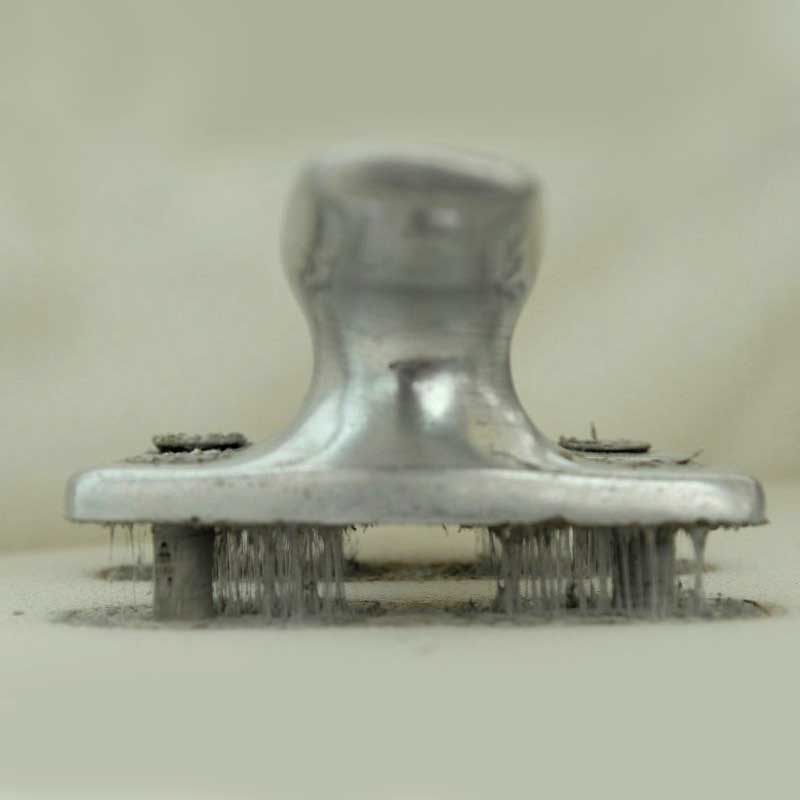Dear Fellow Sailors:
Just purchased a new-to-me boat that needs some tender loving care. I covered her for the winter with a tarp and she stopped leaking into the cabin. I'm reticent to remove the tarp yet as I know she'll leak once again. Looking for the most effective recommendations to stop these leaks (my suspicion is possibly the handrails). Curious as to whether there is a product that is more a liquid than a jell sealant that can get well into the cracks and crevices first and then I can apply the usual caulking. Your pearls of wisdom appreciated.
Thanks,
Mark
Just purchased a new-to-me boat that needs some tender loving care. I covered her for the winter with a tarp and she stopped leaking into the cabin. I'm reticent to remove the tarp yet as I know she'll leak once again. Looking for the most effective recommendations to stop these leaks (my suspicion is possibly the handrails). Curious as to whether there is a product that is more a liquid than a jell sealant that can get well into the cracks and crevices first and then I can apply the usual caulking. Your pearls of wisdom appreciated.
Thanks,
Mark



